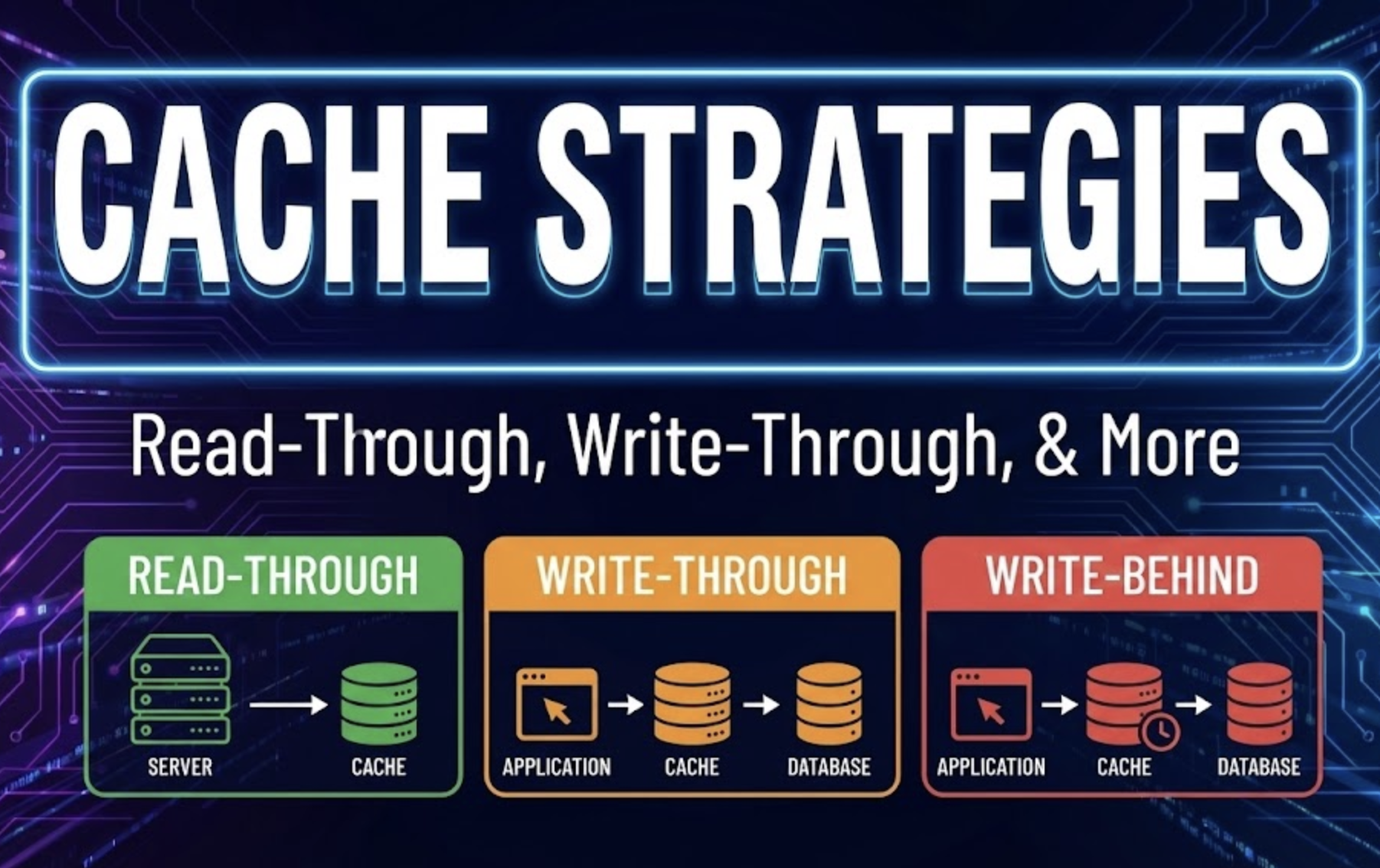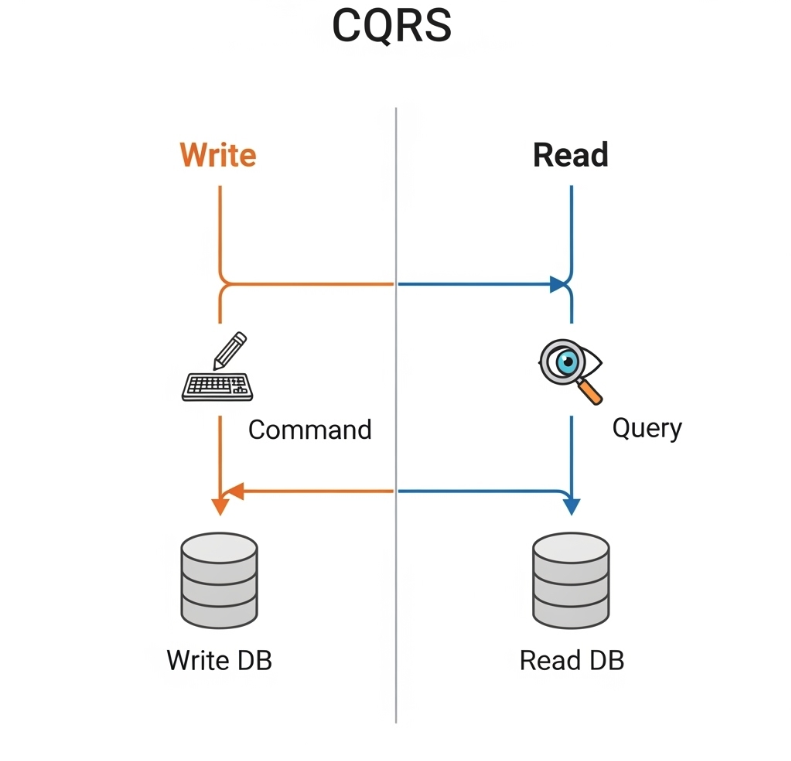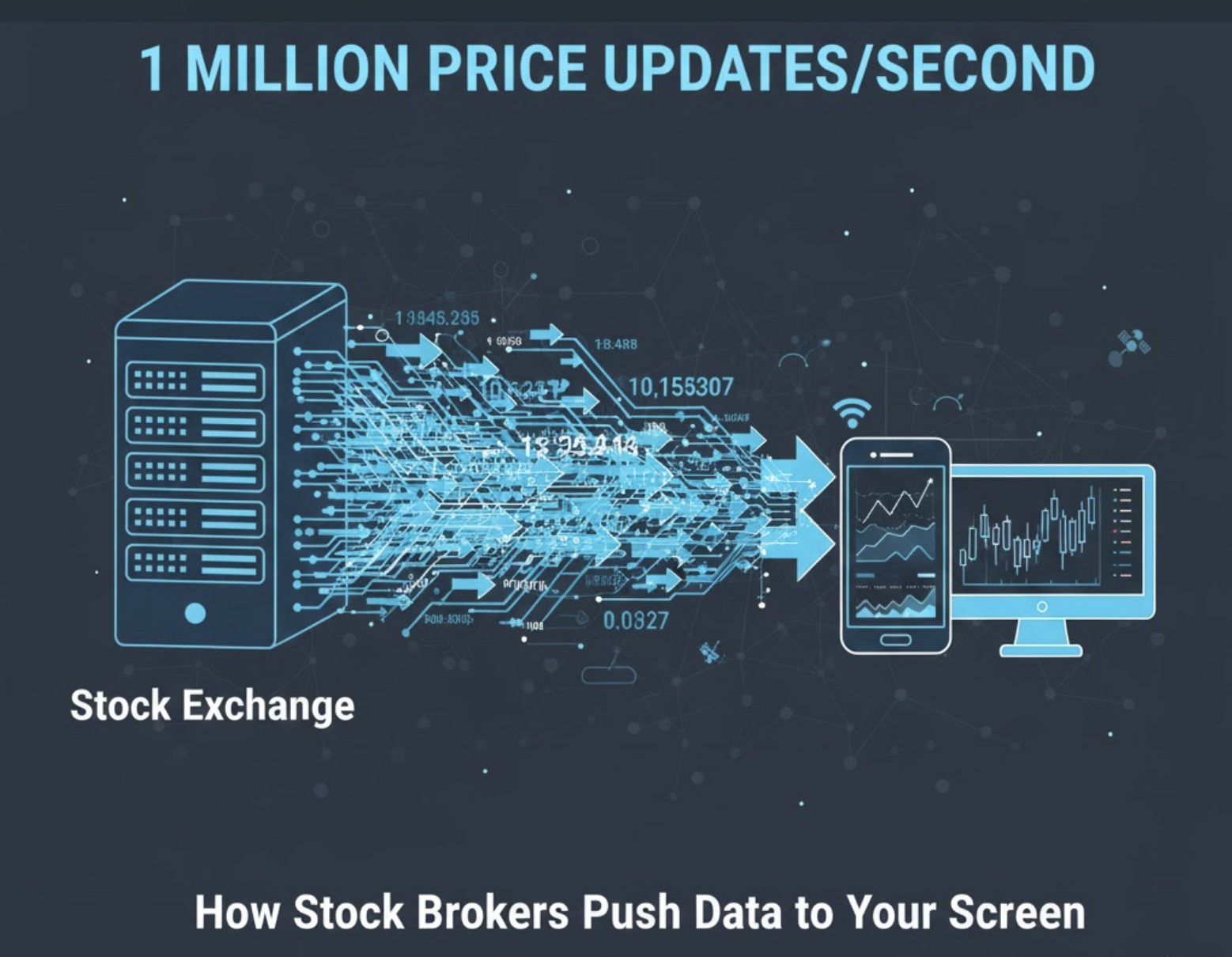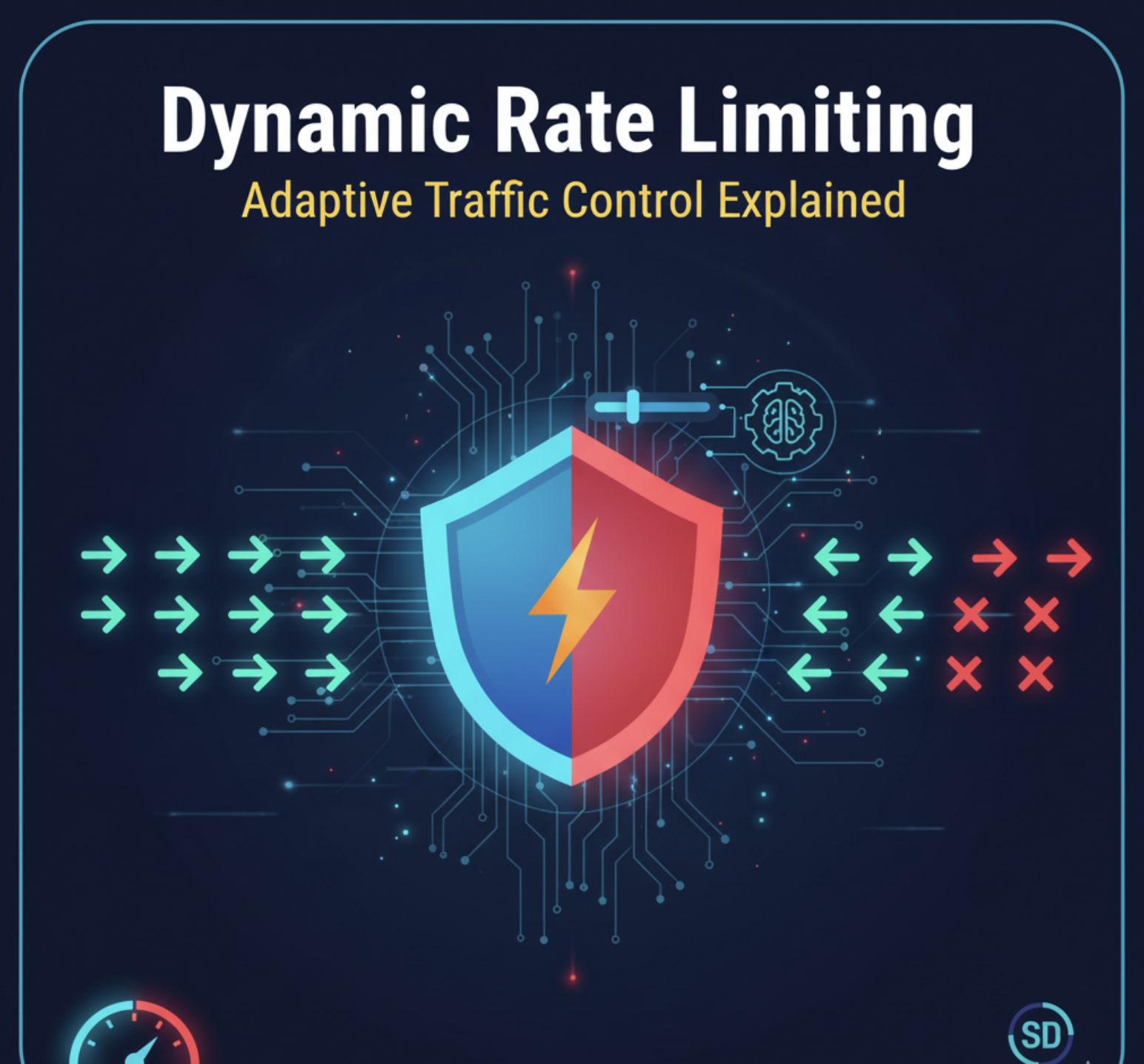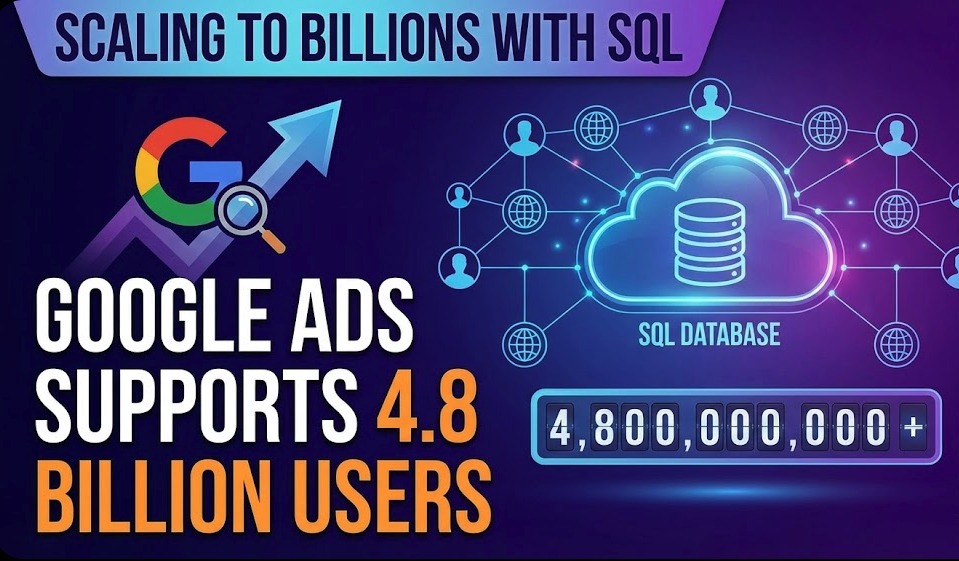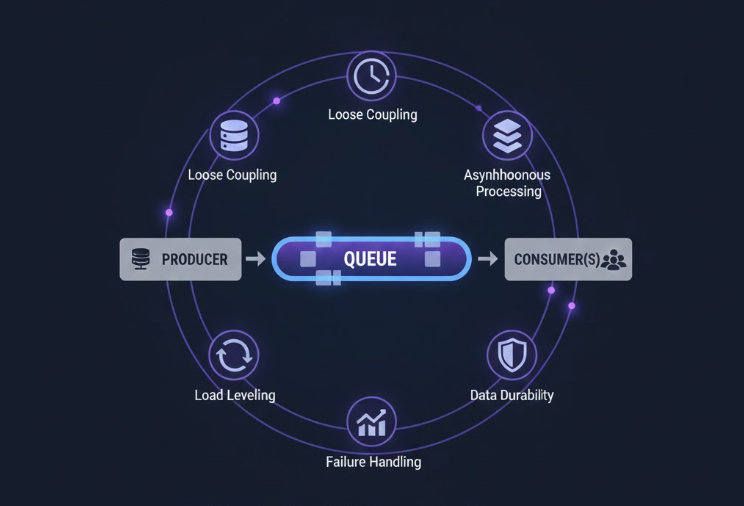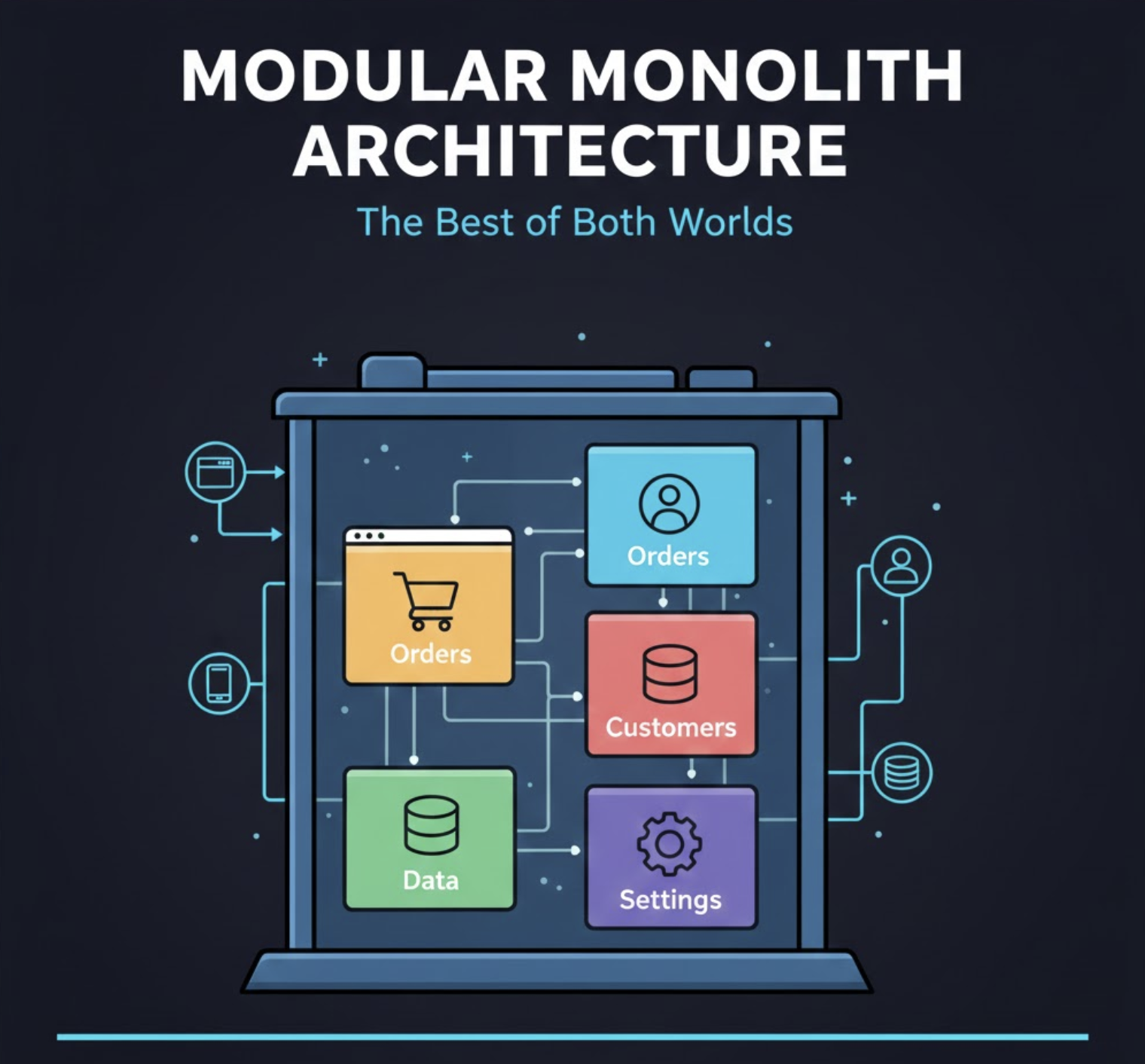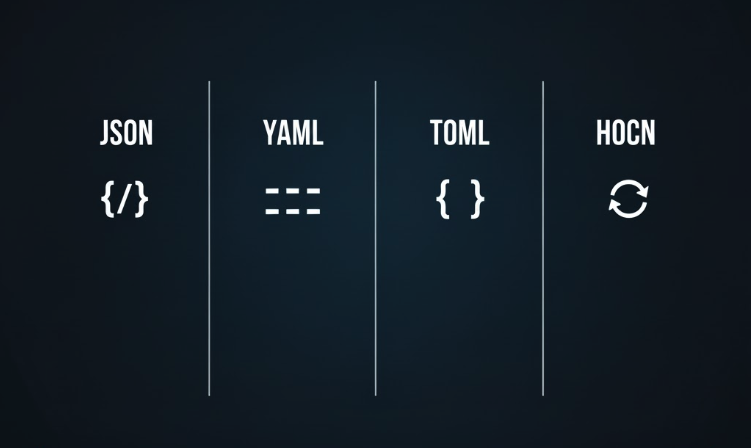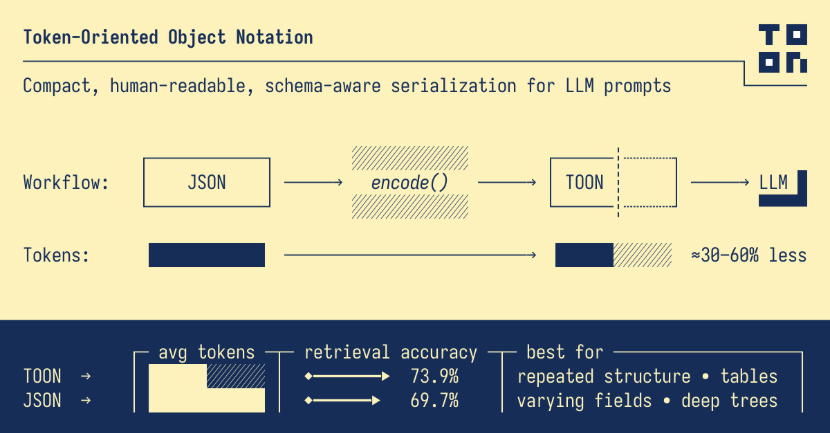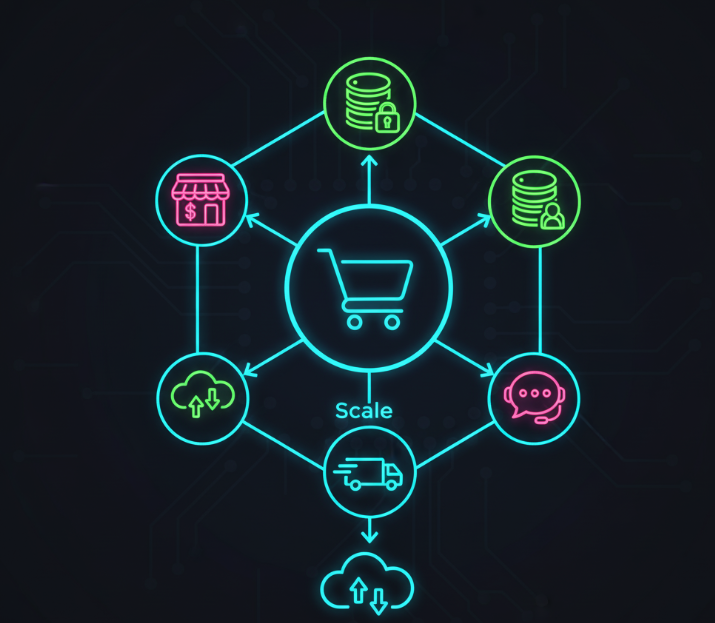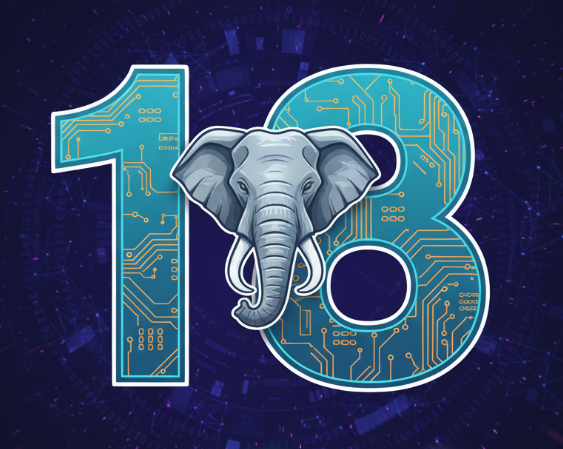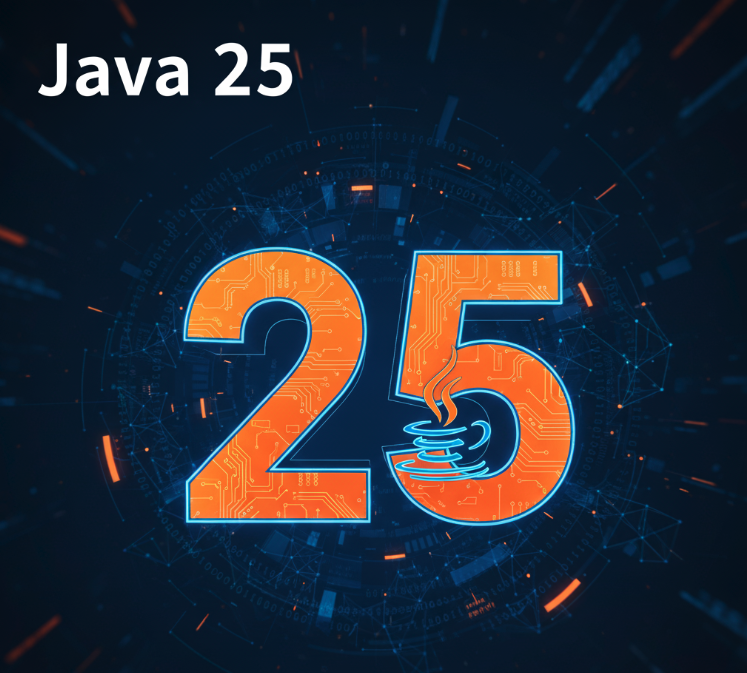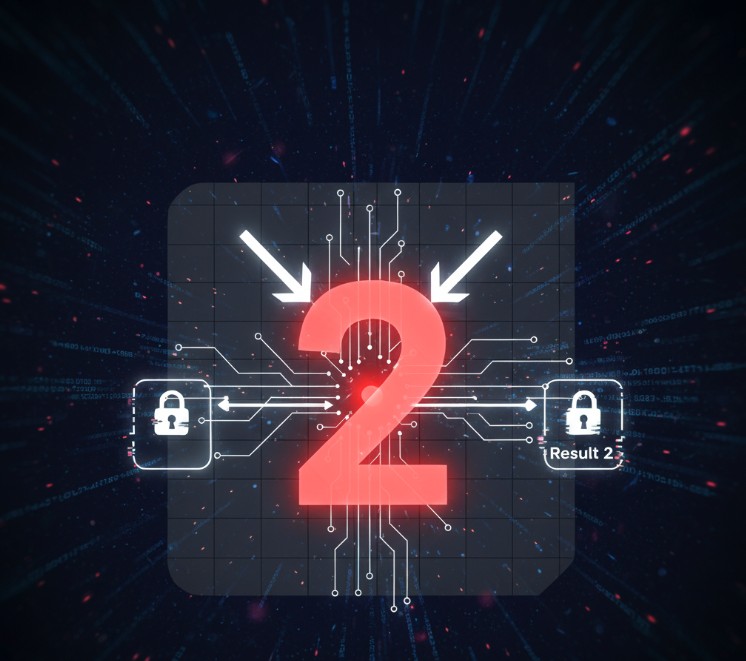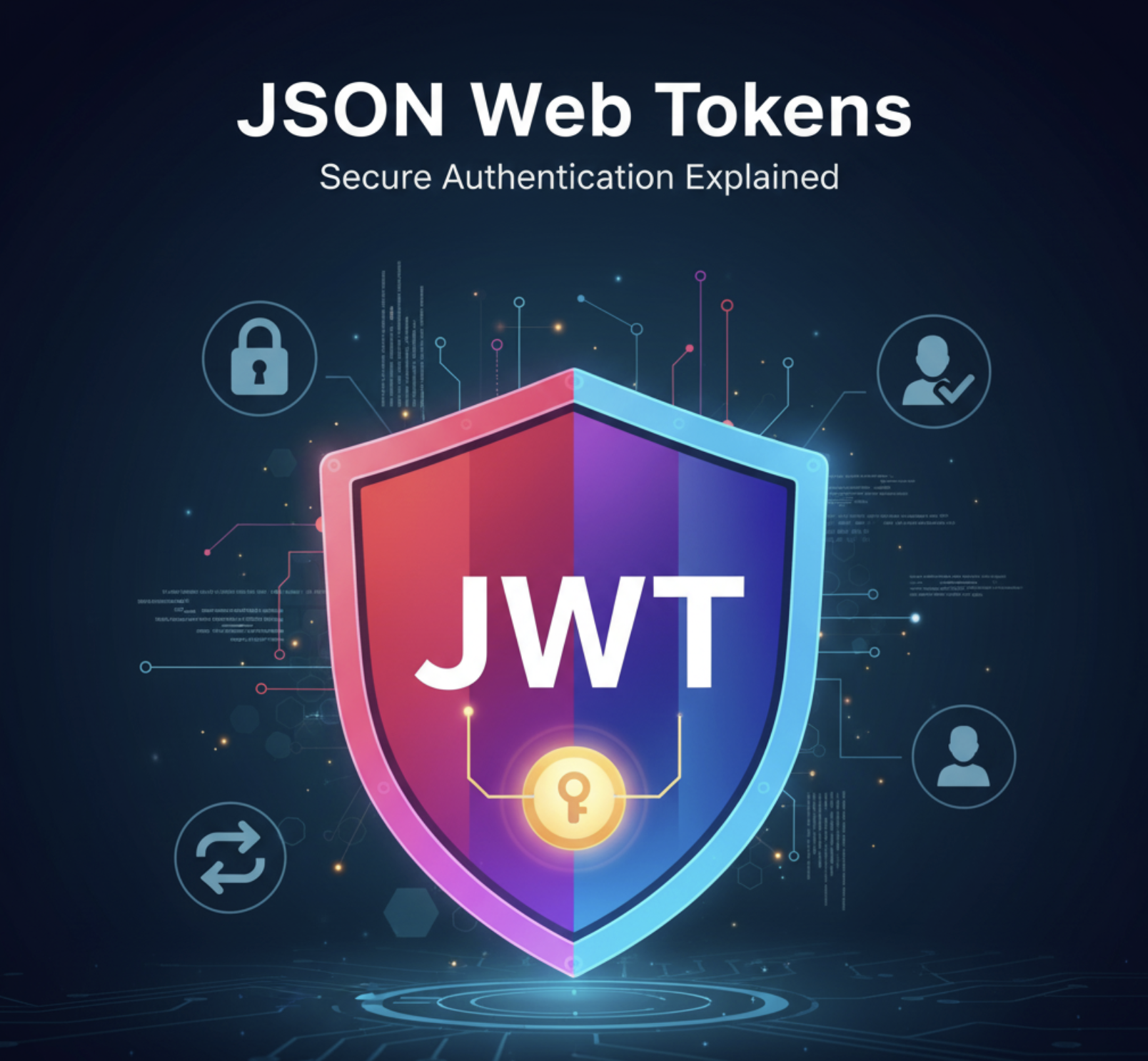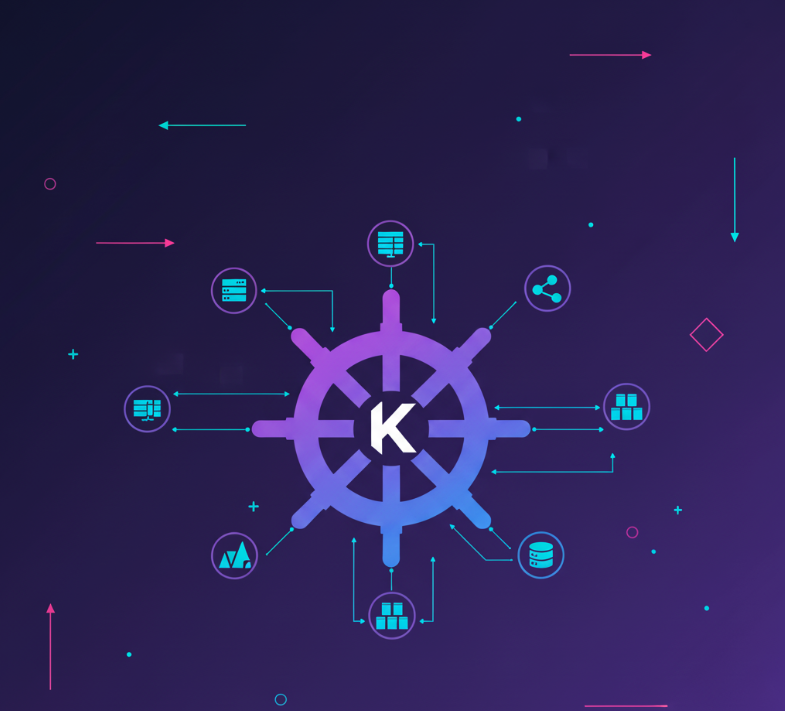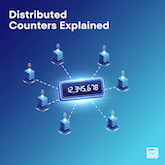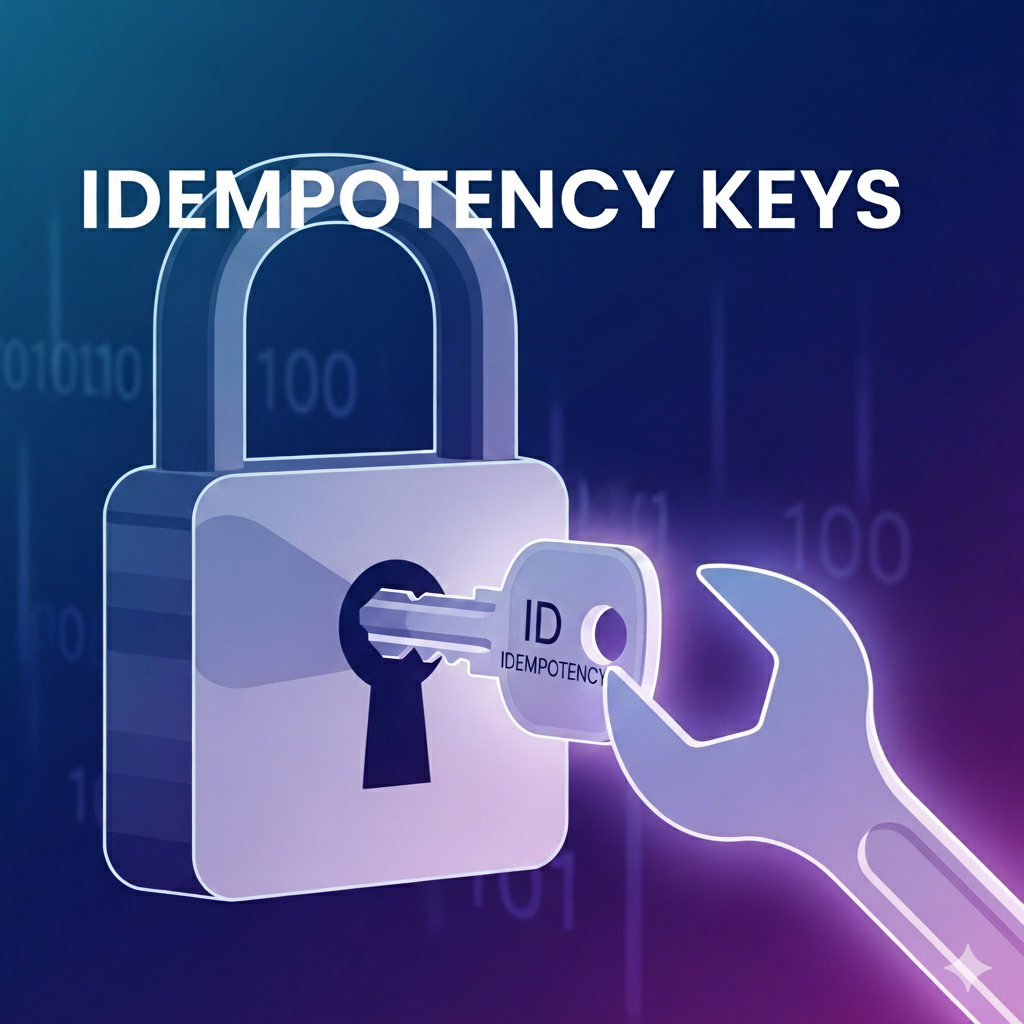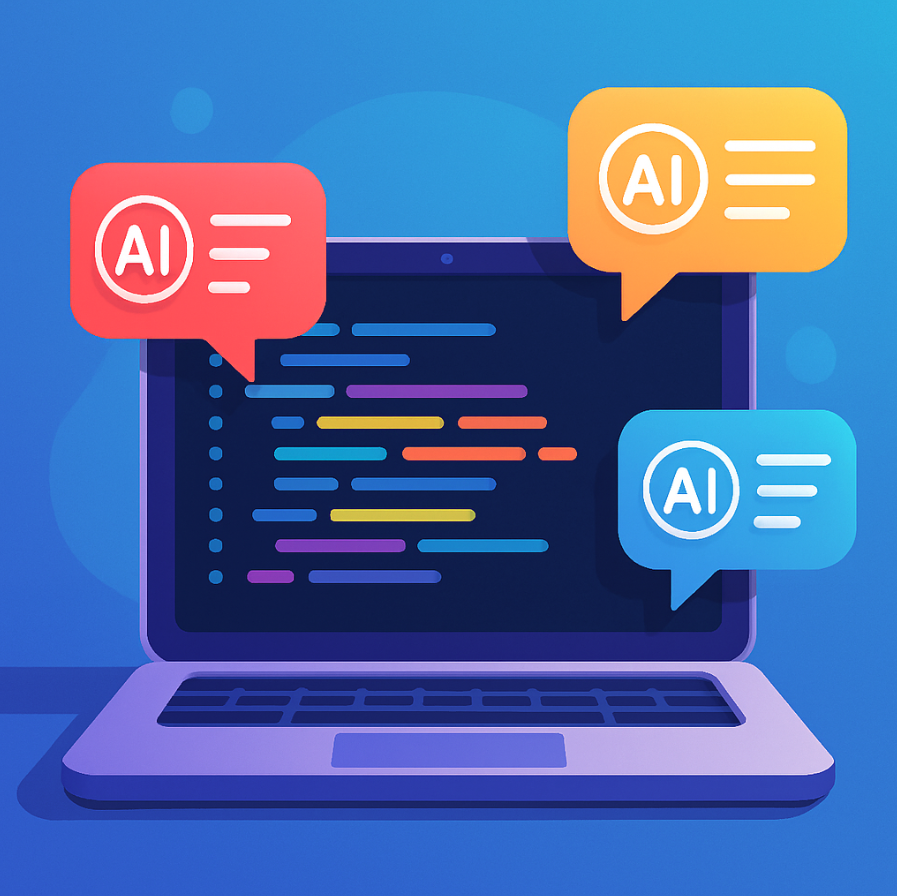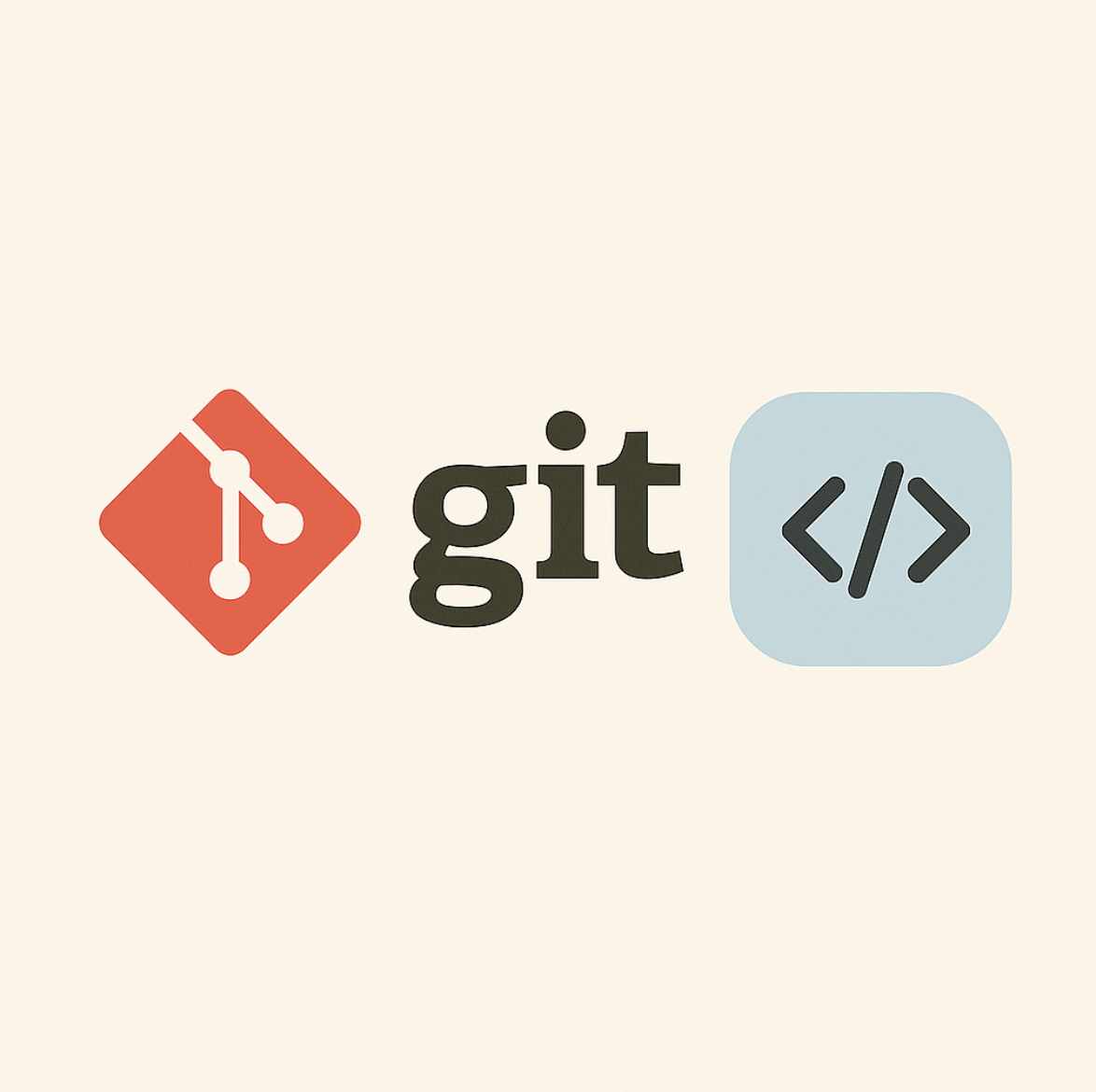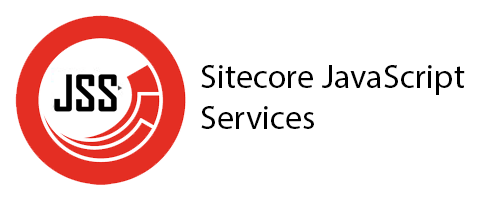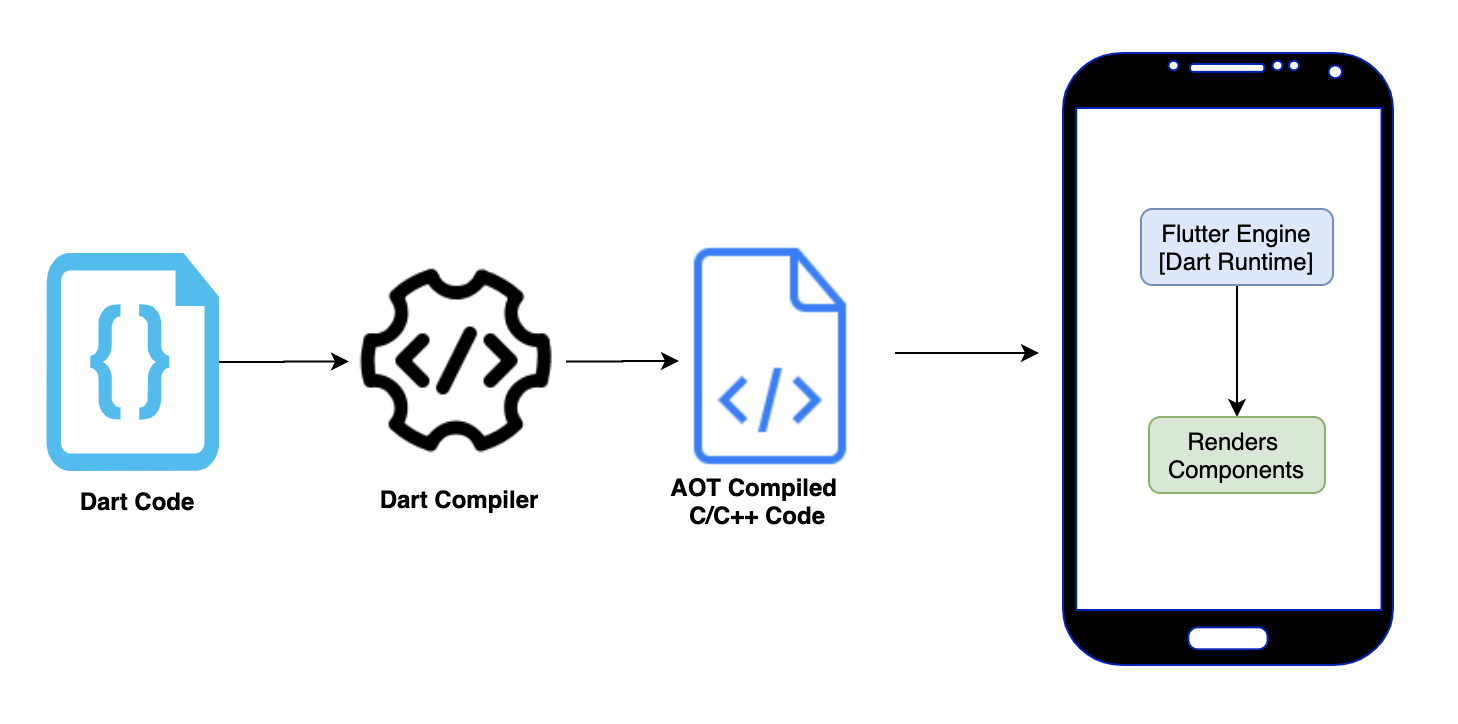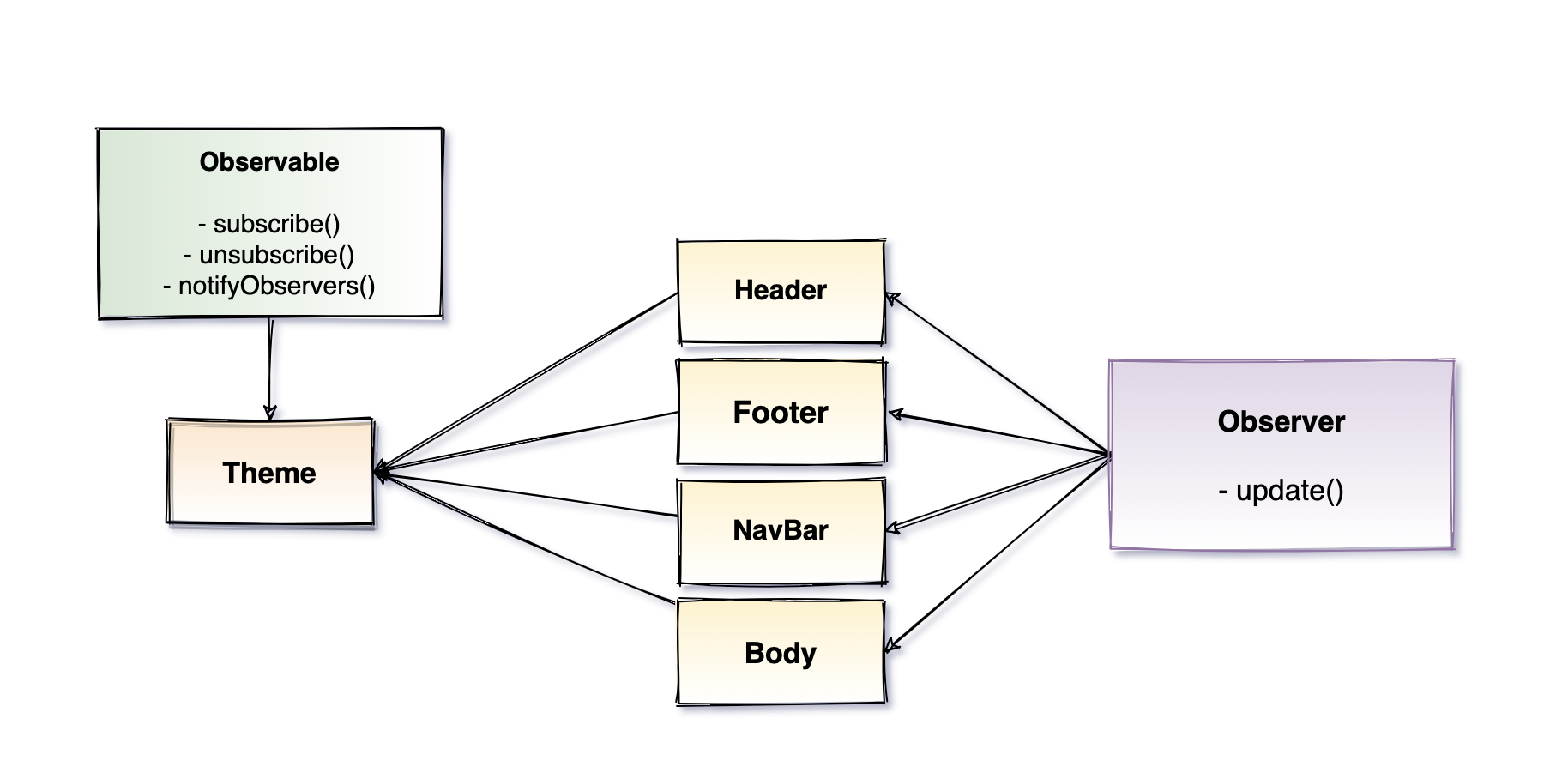Companies using GPT for product recommendations are seeing monthly API bills reach $15,000-$20,000. Most of this cost comes from sending the same field names thousands of times in JSON arrays.
A simple format change can cut these costs by 40-50%.
TOON (Token-Oriented Object Notation) is a data format designed for LLM communication. It eliminates repeated field names in arrays, reducing token usage without changing your data or logic.
Here’s what you need to know.
The Hidden Cost of JSON
JSON is everywhere. But when you’re working with Large Language Models, JSON has a problem: it’s wasteful.
Here’s a typical API response:
1
2
3
4
5
6
7
{
"users": [
{ "id": 1, "name": "Alice Chen", "role": "admin", "status": "active" },
{ "id": 2, "name": "Bob Smith", "role": "user", "status": "active" },
{ "id": 3, "name": "Carol Lee", "role": "user", "status": "inactive" }
]
}
Count the characters: 199 characters for 3 users.
Scale that to 1,000 users. Those curly braces, quotes, and repeated field names add up. Each one costs tokens. And tokens cost money.
Token count for 1,000 users in JSON: ~15,400 tokens
At GPT rates ($0.03/1K tokens): $0.46 per request
1 million requests per month: $462,000
That’s real money.
What is TOON?
TOON stands for Token-Oriented Object Notation. It’s a data format designed specifically for communicating with LLMs.
The core idea: stop repeating yourself.
Same data in TOON:
1
2
3
4
users[3]{id,name,role,status}:
1,Alice Chen,admin,active
2,Bob Smith,user,active
3,Carol Lee,user,inactive
Count the characters: 112 characters. That’s 44% smaller.
The format breakdown:
users- The key (like JSON)[3]- Number of items (helps LLMs validate){id,name,role,status}- Field names declared once- Then just the data, one row per item
For 1,000 users, TOON uses ~8,900 tokens. That’s 42% fewer tokens than JSON.
Cost for 1 million requests: $267,000 vs $462,000
Savings: $195,000 per month
How TOON Works
TOON has three main features:
1. Minimal Syntax
No curly braces. No brackets (except for length markers). Quotes only when needed.
JSON:
1
2
3
4
{
"name": "Alice",
"age": 30
}
TOON:
1
2
name: Alice
age: 30
2. Indentation-Based Structure
Like Python or YAML, TOON uses indentation to show nesting.
JSON:
1
2
3
4
5
6
7
8
{
"user": {
"profile": {
"name": "Alice",
"age": 30
}
}
}
TOON:
1
2
3
4
user:
profile:
name: Alice
age: 30
3. Tabular Arrays (The Big Win)
For arrays with uniform structure, declare the fields once and stream the data.
JSON (500 products):
1
2
3
4
5
[
{ "id": 1, "name": "Widget A", "price": 29.99, "stock": 150 },
{ "id": 2, "name": "Widget B", "price": 39.99, "stock": 200 },
...498 more items
]
Every item repeats the field names. That’s 2,000 repetitions.
TOON (same 500 products):
1
2
3
4
[500]{id,name,price,stock}:
1,Widget A,29.99,150
2,Widget B,39.99,200
...498 more rows
Field names appear once. The more items in your array, the bigger the savings.
Real-World Example: Product Catalog
100 products with ID, name, category, price, stock, rating, and description.
JSON Version
1
2
3
4
5
6
7
8
9
10
11
12
13
14
{
"products": [
{
"id": "P001",
"name": "Wireless Mouse",
"category": "Electronics",
"price": 29.99,
"stock": 150,
"rating": 4.5,
"description": "Ergonomic wireless mouse"
}
// ... 99 more products
]
}
Token count: ~3,200 tokens
Cost per request: $0.096
TOON Version
1
2
3
products[100]{id,name,category,price,stock,rating,description}:
P001,Wireless Mouse,Electronics,29.99,150,4.5,Ergonomic wireless mouse
// ... 99 more rows
Token count: ~1,850 tokens
Cost per request: $0.056
Savings per request: $0.04 (42% reduction)
Savings at 100K requests/month: $4,000
When to Use TOON
graph TB
A[Your Application] --> B[JSON Storage & APIs]
C[LLM Pipeline] --> D{Format Converter}
A --> C
D --> E[Convert to TOON]
E --> F[Send to LLM]
F --> G[GPT / Claude]
G --> H[Response]
H --> A
style D fill:#fef3c7,stroke:#f59e0b,stroke-width:2px
style E fill:#dcfce7,stroke:#16a34a,stroke-width:2px
style F fill:#dbeafe,stroke:#3b82f6,stroke-width:2px
The strategy:
- Keep using JSON in your app
- Convert to TOON before sending to LLM
- Parse LLM response back to JSON
Implementation
Here’s a JavaScript converter:
1
2
3
4
5
6
7
8
9
10
11
12
13
14
15
16
17
18
19
20
21
22
23
24
25
26
27
28
29
30
31
32
33
34
35
36
37
38
39
40
41
42
43
44
45
46
47
48
49
50
51
52
53
54
function jsonToToon(data) {
if (typeof data !== 'object') return data;
if (Array.isArray(data)) {
if (data.length === 0) return '[]';
// Check if array items are uniform
const firstKeys = Object.keys(data[0]);
const isUniform = data.every(item =>
Object.keys(item).length === firstKeys.length &&
firstKeys.every(key => key in item)
);
if (isUniform) {
// Tabular format
const fields = firstKeys.join(',');
const rows = data.map(item =>
firstKeys.map(key => {
const val = item[key];
// Quote values containing commas
return typeof val === 'string' && val.includes(',')
? `"${val}"`
: val;
}).join(',')
);
return `[${data.length}]{${fields}}:\n ${rows.join('\n ')}`;
}
}
// Object: convert to key: value pairs
const entries = Object.entries(data).map(([key, value]) => {
if (typeof value === 'object') {
const nested = jsonToToon(value);
return `${key}:\n ${nested.split('\n').join('\n ')}`;
}
return `${key}: ${value}`;
});
return entries.join('\n');
}
// Usage
const products = [
{ id: 1, name: "Mouse", price: 29.99 },
{ id: 2, name: "Keyboard", price: 79.99 }
];
const toonData = jsonToToon({ products });
console.log(toonData);
// Output:
// products[2]{id,name,price}:
// 1,Mouse,29.99
// 2,Keyboard,79.99
For other languages, check the TOON GitHub repository which has implementations in Python, Go, Rust, and more.
Parsing TOON Responses
LLMs can generate TOON output. Here’s how to parse it back:
1
2
3
4
5
6
7
8
9
10
11
12
13
14
15
16
17
18
19
20
21
22
23
24
25
26
27
function parseToonArray(toonStr) {
const lines = toonStr.trim().split('\n');
// Parse header: [count]{field1,field2,...}:
const header = lines[0];
const fieldsMatch = header.match(/\{([^}]+)\}/);
if (!fieldsMatch) return [];
const fields = fieldsMatch[1].split(',').map(f => f.trim());
// Parse data rows
return lines.slice(1).map(line => {
const values = line.trim().split(',').map(v => v.trim());
return Object.fromEntries(
fields.map((field, i) => [field, values[i]])
);
});
}
// Usage
const toonResponse = `[3]{id,name,role}:
1,Alice,admin
2,Bob,user
3,Carol,user`;
const parsed = parseToonArray(toonResponse);
console.log(JSON.stringify(parsed, null, 2));
Benchmarks
Real measurements across different data types:
| Dataset | JSON Tokens | TOON Tokens | Savings |
|---|---|---|---|
| 100 users | 1,245 | 721 | 42% |
| 500 products | 22,340 | 12,810 | 43% |
| 1,000 log entries | 39,800 | 22,100 | 44% |
Pattern: The more uniform your data and the larger your arrays, the bigger the savings. TOON consistently delivers 35-55% token reduction for tabular data.
When NOT to Use TOON
TOON isn’t always the answer:
1. Deeply Nested Data
1
2
3
4
5
6
7
8
9
{
"company": {
"departments": {
"engineering": {
"teams": { ... }
}
}
}
}
Deep nesting doesn’t benefit much from TOON. Stick with JSON.
2. Non-Uniform Arrays
1
2
3
4
5
[
{ "type": "user", "name": "Alice", "role": "admin" },
{ "type": "system", "message": "Server started", "timestamp": 123456 },
{ "type": "error", "code": 500, "trace": "..." }
]
When array items have different fields, TOON’s tabular format doesn’t work.
3. Small Payloads
For tiny requests (< 50 tokens), the conversion overhead isn’t worth it.
4. Public APIs
If your API serves browsers, mobile apps, or third-party developers, use JSON. Everyone knows JSON.
Use TOON for: Internal LLM communication, backend pipelines, batch processing
Use JSON for: Public APIs, browser apps, storage formats
Real-World Case Study
An e-commerce platform processing product recommendations through GPT faced high API costs.
Before TOON:
- Sending 50K product catalogs monthly
- Token usage: ~23M tokens/month
- Monthly cost: $12,000
After TOON:
- Same data, different format
- Token usage: ~12M tokens/month (47% reduction)
- Monthly cost: $6,400
- Annual savings: $67,200
Implementation took 2 days. No changes to algorithms or business logic.
Best Practices
1. Validate Before Converting
1
2
3
4
5
6
7
8
9
10
11
function shouldUseToon(data) {
if (!Array.isArray(data) || data.length < 10) {
return false; // Too small to matter
}
const keys = Object.keys(data[0]);
return data.every(item =>
Object.keys(item).length === keys.length &&
keys.every(k => k in item)
);
}
2. Monitor Savings
1
2
3
4
5
6
7
8
9
10
11
12
13
14
15
16
17
18
19
20
21
22
23
class ToonMetrics {
constructor() {
this.jsonTokens = 0;
this.toonTokens = 0;
}
record(jsonSize, toonSize) {
this.jsonTokens += jsonSize;
this.toonTokens += toonSize;
}
getSavings() {
const saved = this.jsonTokens - this.toonTokens;
const percentage = (saved / this.jsonTokens) * 100;
const costSaved = (saved / 1000) * 0.03; // GPT rate
return {
tokensSaved: saved,
percentageSaved: percentage.toFixed(2),
costSaved: costSaved.toFixed(2)
};
}
}
3. Handle Edge Cases
1
2
3
4
5
6
7
8
function safeToonConvert(data) {
try {
return jsonToToon(data);
} catch (error) {
console.error('TOON conversion failed:', error);
return JSON.stringify(data); // Fallback to JSON
}
}
Getting Started
Step 1: Identify high-volume LLM operations with uniform data (>50 items)
Step 2: Implement the converter (use code above or official library)
Step 3: A/B test both formats in parallel
Step 4: Measure token usage, cost reduction, and response quality
Step 5: Roll out gradually, monitoring for issues
Common Questions
Q: Will TOON affect LLM accuracy?
A: No. In our tests, accuracy stayed the same or improved slightly. The explicit length markers help LLMs validate structure.
Q: Can LLMs generate TOON output?
A: Yes. Include TOON format examples in your prompts and LLMs will follow the pattern.
Q: What about YAML?
A: YAML is similar but lacks explicit length markers and tabular arrays. TOON is optimized specifically for LLM token efficiency.
Q: Does this work with Claude, Gemini, etc.?
A: Yes. TOON reduces tokens regardless of which LLM you use. All modern LLMs charge based on tokens.
The Bottom Line
TOON isn’t magic. It’s just a smarter way to format data when talking to LLMs.
If you’re sending large arrays of uniform data to language models, you’re probably wasting money on repeated field names. TOON fixes that by declaring fields once and streaming the data.
Expected savings: 35-55% token reduction for tabular data
Implementation time: A few hours to a few days
Risk: Low (easy to fallback to JSON)
Return: Potentially thousands saved per month
The question isn’t whether you should use TOON. It’s whether you can afford not to.
Building APIs at scale? Check out How to Build a Dynamic Rate Limiter and How Stripe Prevents Double Payments.
Working with LLMs? Read our guide on Prompt Engineering Basics and Analyzing Pipeline Failures with GitLab and GPT.
References:
